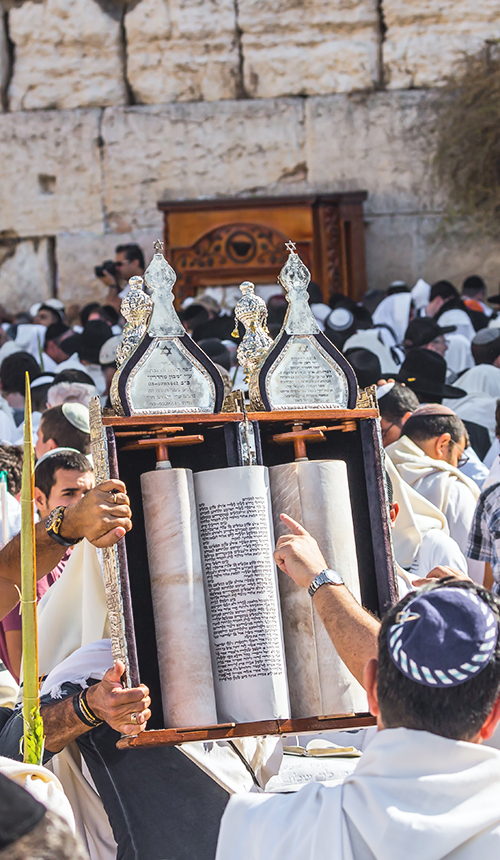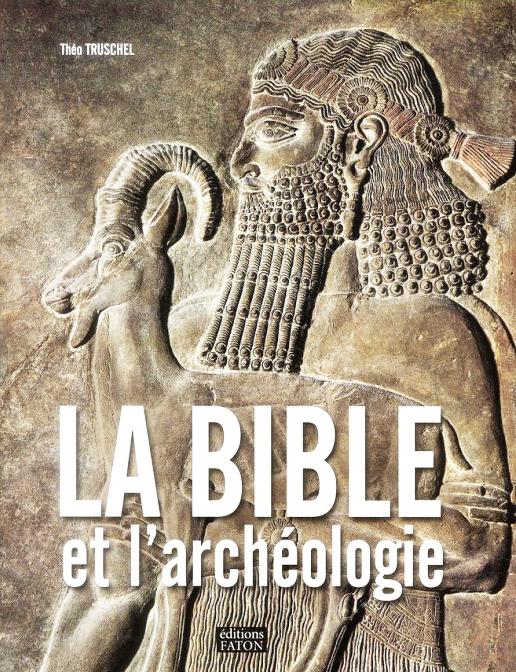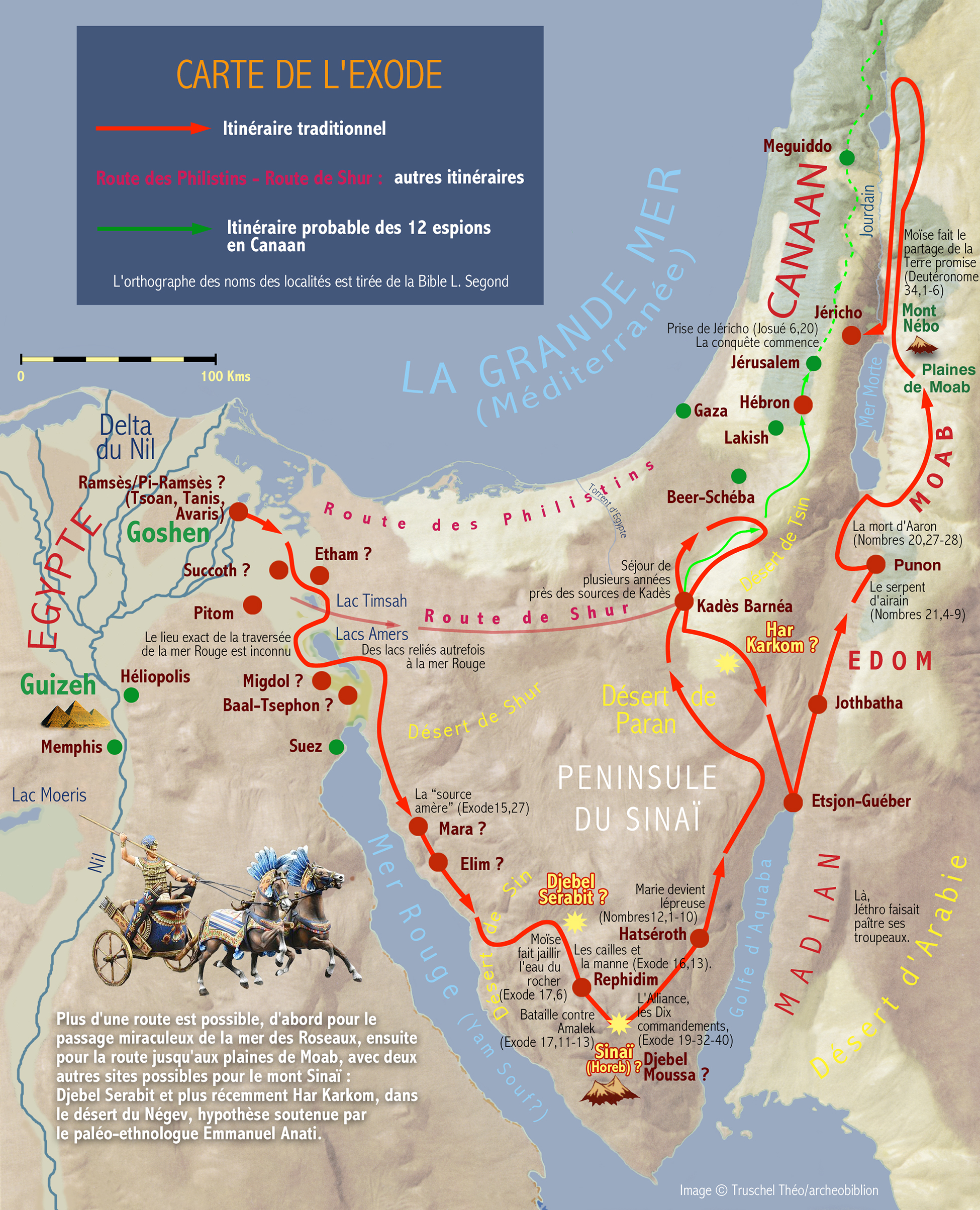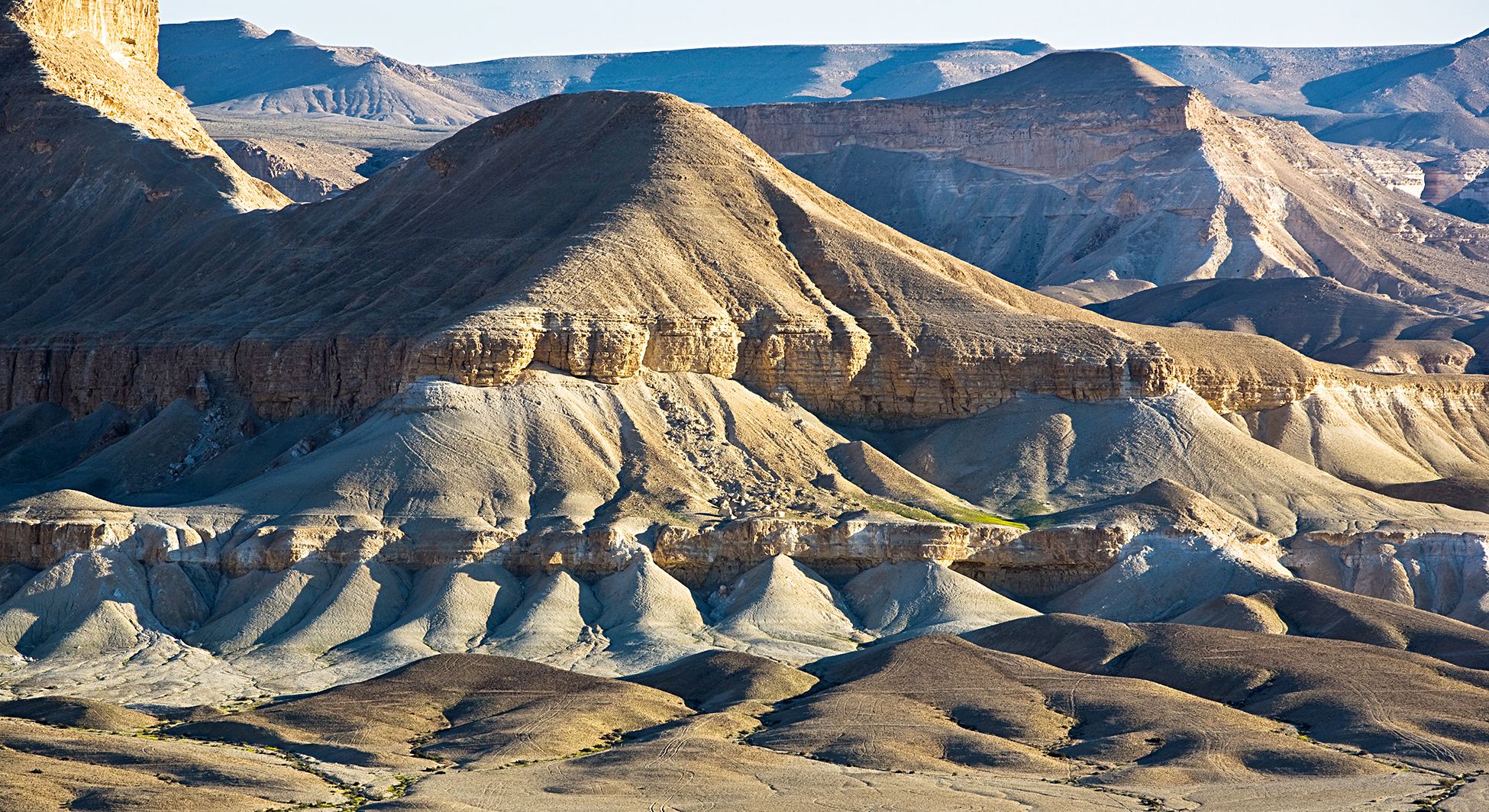
Bible, History, Archaeology
Bible,
History,
Archaeology
The Exodus,
itinerary, stages
Introduction
At the tenth plague, Pharaoh capitulates and finally lets the Hebrew people go. According to the Bible, after crossing the Sea of Reeds «on dry land», which closed in on the pursuing Egyptian army, Moses led the twelve tribes into the desert, under the orders of the Lord.

The pyramids of Giza
Dating from 2,550 to 2,490 B.C., they were built for the three ancient pharaohs, Khufu, Khephren and Mykerinos, as gigantic tombs, and were the tallest human structures standing for thousands of years. The tomb of Cheops (in the center of the photo) is the only one of the seven wonders of the ancient world still standing. In their time, Abraham, on his visit to Egypt, and the Hebrews, during their sojourn there, contemplated these monumental constructions. © givaga 1810839265.
The books of the Pentateuch provide indications of the route followed by the Israelites in the desert. However, the cross-referencing of the various pieces of information seems to be inconsistent, and the exact identification of the localities mentioned is still hotly debated. To date, only two locations in the desert stages have been formally and unanimously identified: Kadesh Barnea and Ezion Geber. Théo Truschel/archeobiblion.fr
 Har Karkom
Har Karkom
Excavating Mount Har Karkom in the Negev desert since 1980, prehistorian Emmanuelle Anati has uncovered 1,200 sites revealing cult activity since the Paleolithic.
Image opposite: detailed map of the Har Karkom site, according to Emmanuel Anati's version.
Image © Théo Truschel/archeobiblion.fr
Taking the geographical indications of the Exodus seriously, his team carried out numerous topographical surveys and believe they have found Mount Sinai.
The main problem raised is the dating put forward by Emmanuel Anati. He places the Exodus episode beyond the 2nd millennium BC, whereas all specialists place it between the 15th and 13th centuries BC.
The Hebrew «scouts» in Canaan

Opinions differ as to the route taken by the Hebrew people. Only two places have been clearly and formally identified to date: Qadesh (Kadès Barnéa) and Etsjon Guéber. The identity of the other stages is hypothetical, as names have changed over the course of history and no archaeological traces have yet been unearthed. The most likely route, and also the one most in line with the biblical account, seems to be south towards the Desert of Schur, not only to avoid the Mediterranean coastal route, which is the main route linking Egypt to the Levant and its military outposts, but above all because of the need for the people of Israel to be taught at the «School of God» in the desert.
Image opposite: a general view of Sinai at sunset, seen from the summit of Mount Horeb. DR.
At Sinai, the Lord gradually reveals to Moses what he must teach the people. According to the Scriptures, although the people sometimes hear the voice of the Lord, only Moses is admitted into his presence. This is how he receives the Ten Commandments (the «Ten Words») on two tables of stone, and all the laws that are to govern the social, economic and religious life of the Hebrews.
After a forty-day fast on Mount Horeb, where the two Tables of Stone were engraved by «the finger of the Lord» and handed over to Moses, the latter discovered on his return that the people had turned away to worship the golden calf. The indignant prophet broke the stone tablets, ordered the punishment of those who persisted in idolatrous worship, and returned to the mountain where, after a second forty-day fast, he came down with two new tablets. The name of Moses will forever be associated with the laws promulgated at Sinai.
The Tsin desert
Along with the Desert of Paran, this desert is one of the most important landscapes in the Old Testament. It was the southern border of the land of Canaan, promised to the Hebrews (Numbers 34:3-4). Kadesh Barnea, one of the few clearly identified stops on the Hebrew people's Sinai journey, lies to the east of this rugged desert. It was also from this desert that the twelve scouts set out on Moses' orders to explore the land flowing with milk and honey, [...] as far as Rehob near Lebo-Hamath (Numbers 13:21).. Doron Nissim.
The promulgation of the Law at Sinai
The Ten Commandments
According to Deuteronomy 5:6-18.
Under the dictation of the Lord, Moses drew up a whole set of religious, social and dietary laws to govern the life of the Hebrew people. Two tables of stone engraved by «the finger of God» were given to Moses: the Ten Commandments (literally, the Ten Words).
Here is the text:
The first table concerns duties in man's relationship with God.
1st commandment
6 I am the Lord (YHWH), your God; I brought you out of Egypt, out of the house of slaves.
2nd commandment
8 Thou shalt not make unto thee any graven image, or any form of any thing that is in heaven above, from what is on earth.
9 You shall not bow down to these things, nor serve them; for I, the Lord (YHWH), your God, am a God of jealous passion, who makes account to the sons for the iniquity of the fathers, to the third and fourth generation of those who hate me.
10 but who is faithful to the thousandth generation to those who love me and keep my commandments.
Image opposite: A Sukkot celebration with a Seder Torah (Pentateuch) parade in front of the Kotel in Jerusalem. DR.
3rd commandment
11 You shall not call on the name of the Lord (YHWH), your God, to deceive: the Lord will not hold him guiltless who calls on his name to deceive.
4th commandment
12 Keep the Sabbath, to make it a holy day, as the Lord your God has commanded you.
13 Six days you shall work, and do all your work.
14 But the seventh day is a Sabbath to the Lord your God: you shall do no work, neither you, nor your son, nor your daughter, nor your man-servant, nor your maid-servant, nor your ox, nor your donkey, nor any of your beasts, nor the immigrant who is in your towns, so that your man-servant and your maid-servant may rest as you do.
15 Remember that you were a slave in Egypt, and that the Lord your God brought you out of it with a strong hand and an outstretched arm. ordered to celebrate the Sabbath day.
5th commandment
16 Honor your father and your mother, as the Lord your God has commanded you, so that your days may be long and you may be happy in the land that the Lord your God has commanded you. gives.
The second table concerns the duties of human beings towards their fellow creatures.
6th commandment
17 You shall not commit murder.
7th commandment
18 You shall not commit adultery.
8th commandment
19 You shall not steal.
9th commandment
20 You shall not bear false witness against your neighbor.
10th commandment
21 You shall not covet your neighbor's wife; you shall not desire your neighbor's house, nor his field, nor his man-servant, nor his maid-servant, nor his ox, nor his ass, nor anything that belongs to your neighbor.

Find out more
Théo TRUSCHEL, The Bible and archaeology. Les Beaux Livres.
Éditions Louis Faton, 2010.
This lavishly illustrated book presents the biblical story from Abraham to the apostle John and his Apocalypse.
Its originality stems from the paralleling of biblical tradition with historical figures, from both the First and New Covenants, situated in what we know today of this civilization and those of the surrounding countries. Questions about the writing and transmission of documents are addressed in the very first chapter.
Numerous richly illustrated hors-texts present archaeological discoveries in Israel, Egypt, Iraq and Iran, and their sometimes controversial interpretations. They deal with the specific study of sites (Samaria, Mount Ebal, Tanis, Elephantine Island), certain stelae (Mesha, Tell Dan, Merenptah) and various exhumed objects (ivory grenade).
The period studied covers some twenty centuries, from the patriarchs and the Mosaic Covenant of the Hebrew people to the beginnings of Christianity.


 Har Karkom
Har Karkom